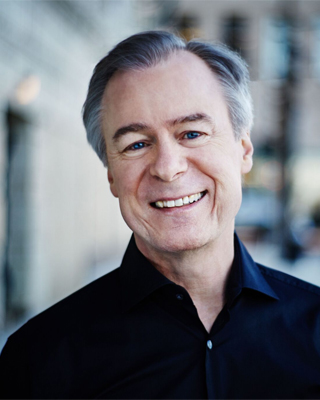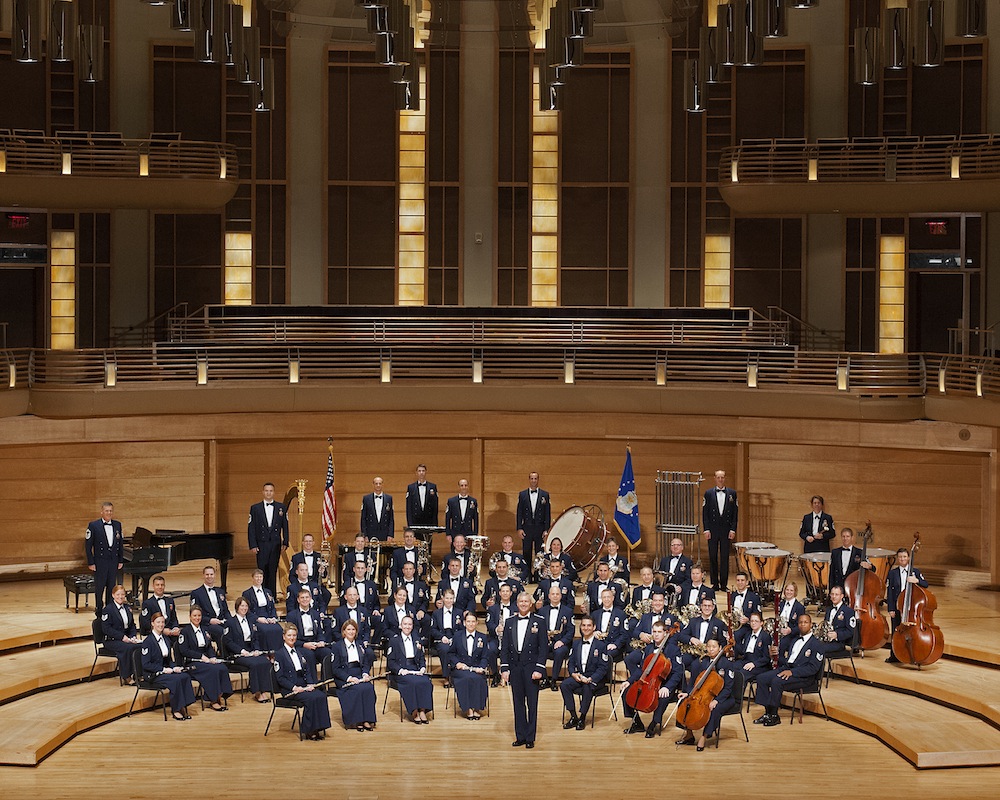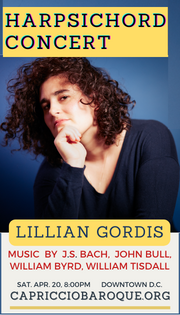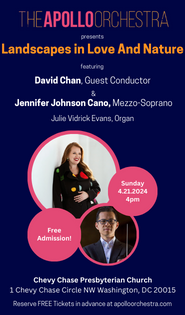U.S. Air Force Band takes flight with a Messiaen spectacular

David Robertson conducted the U.S. Air Force Band in Olivier Messiaen’s “Des canyons aux étoiles…” Friday night at DAR Constitution Hall.
Among Washington’s many musical blessings are the elite musicians of the U.S. military ensembles stationed here. One of them, the United States Air Force Band, gave a rare performance of Des canyons aux étoiles…, the sprawling, visionary symphonic work composed by Olivier Messiaen for the bicentennial of the U.S. Declaration of Independence. David Robertson led the unusual free concert, presented by Washington Performing Arts Friday evening at DAR Constitution Hall.
Messiaen’s visit to the desert canyons of Utah inspired this often bizarre panoply of synesthetic colors, dissonant bird calls, and cosmic voices. It is music far different from this ensemble’s normal fare, but Messiaen’s focus on heavy assortments of winds, brass, and percussion with just a smattering of strings suited the group well. Bristling with dissonance, the brass tuning of Messiaen’s massive chords was impeccable, as in the final movement (“Zion Park et la cité céleste”). The woodwind section brought out the many raucous colors of the writing, including the mouthpiece-only squawks here and there, with grace and fortitude.
Master Sgt. Brett Edward Miller, the ensemble’s principal horn, gave an astounding rendition of the solo horn movement, “Appel interstellaire.” Spotlit in a pool of white light in his blue uniform, he brought to life the utterings of this cryptic voice from beyond the heavens. The upper reaches of the solo were cautiously but effectively placed, and the stopped notes produced wonderful effects, making the instrument sound as if it were off in the distance or as if a quasi-human voice, pleading, were emanating from it.

The United States Air Force Band
Peter Henderson, who is not an Air Force musician, has performed the piano part multiple times. His confident playing clearly gave the piano solos the enigmatic fire needed to fuel the piece. In the two solo movements especially, Henderson’s hands flashed through the complicated bird calls, of the Heuglin’s robin and mockingbird, among others.
A forest of percussion instruments was deployed with military precision, adding a bewildering range of exotic sounds, from mysterious rustle to celestial echo, to the mix. Master Sgt. Marc D. Dinitz and Master Sgt. Adam A. Green dispatched the two most important parts, for xylorimba and glockenspiel, respectively, from the front of the stage with crisp efficiency.
The ultimate responsibility for the success of this performance was due to veteran Messiaen conductor, David Robertson. Watching him conduct this daunting, rhythmically complex piece afforded delights all its own, as he effortlessly danced through the music’s kaleidoscopic shifts, elegant cues confidently drawing the musicians along with him.
In the last couple years he has conducted this work with his own ensemble, the St. Louis Symphony Orchestra, and others in the same special version presented here. A specially commissioned film of moving and still images, created by photographer Deborah O’Grady in the national parks visited by Messiaen, has been matched to the composer’s indications of place in the musical score. Colored lighting, matched to the hues of the images, enhanced the moods of the places and their connection to the music in Messiaen’s mind.
This music can certainly be effective with the images of Utah only in the listener’s mind. O’Grady’s contribution added immeasurably to the experience, however, by showing the vivid colors and almost alien landscapes of the places Messiaen describes in music, Cedar Breaks, Bryce Canyon, and Zion Park. Other images heightened the meaning of Messiaen’s words, such as the encroachment of industry on the national parks shown during the “What is written on the stars” movement, and the images of visitors gazing out over vast expanses in “Cedar Breaks and the gift of awe.”
In particular, the climax of the piece, the soft stillness of “The resurrected and the song of the star Aldebaran,” became devastatingly effective through the imagery, a night sky that became crowded with stars as the light faded, eventually morphing into an image of sand. Robertson, never rushed and always pacing the music perfectly, took his time with the grand pauses of this movement, the silences becoming just as important as the sounds that came in between.
Washington Performing Arts next presents pianist Murray Perahia in recital 5 p.m. Sunday in the Music Center at Strathmore. strathmore.org; 301-581-5100.







